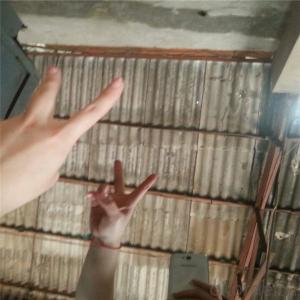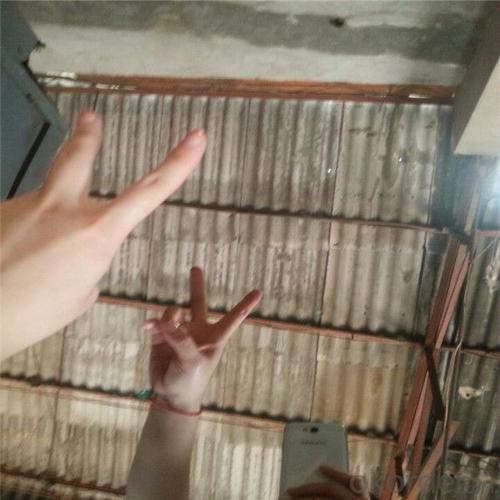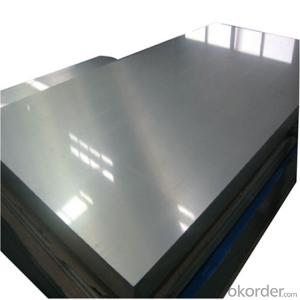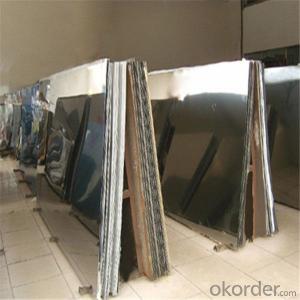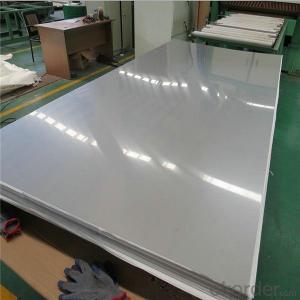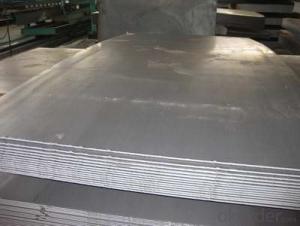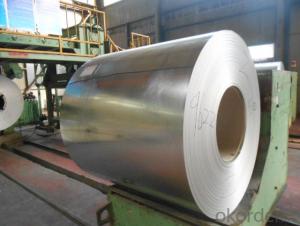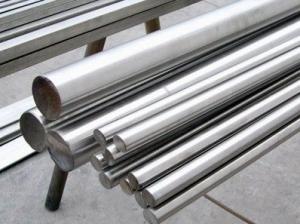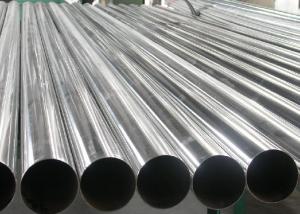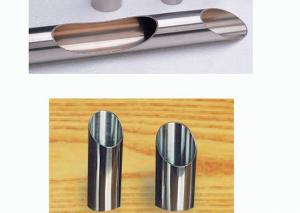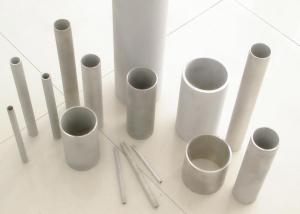300 Series Stainless Steel Sheets and Coils 304 316 310S
- Loading Port:
- Shanghai
- Payment Terms:
- TT OR LC
- Min Order Qty:
- 2 m.t.
- Supply Capability:
- 20000 m.t./month
OKorder Service Pledge
OKorder Financial Service
You Might Also Like
Specification
Product: 300 Series Stainless Steel Sheets and Coils 304 316 310S
Standard | ASTM AISI JIS DIN EN GB etc. |
Grade | 304 304L 316 316L 310S 321 |
Brand | TISCO, LISCO, WUHANG, BAOSTEEL, BAOXIN, POSCO, JISCO |
Thickness range | cold rolled: 0.3-3.0mm |
Width range | 600-1500mm |
Weight | 3~5 tons/coil, 5~10 tons/coil, or customized. |
Size | 1000mm*2000mm, 1219mm*2438mm, 1219mm*3048mm, or as required |
Finish | 2B, BA, No.4, 8k, hairline, embossed, etched, vibration, pvd color coated, titanium, sand blasted, anti-fingerprint |
Color | Gold, black, sapphire blue, brown, bronze, purple, champagne gold, diamond, rose gold, rose red, etc |
Lead time | 7 ~15 working days after the receipt of 30% deposit |
Payment terms | 30%TT for deposit, 70% balance before shipment or LC at sight |
Packing | Wooden pallet or according to customer's request |
Application | Interior/exterior/architectural/bathroom decoration, elevator decoration, hotel decoration, kitchen equipment, ceiling, cabinet, kitchen sink, advertising nameplate |
Main product chemical composition
Grade | C % | Si % | Mn % | P % | S % | Cr % | Mo % | Ni % | Other % |
201 | ≤0.15 | ≤1.00 | 5.5-7.5 | ≤0.06 | ≤0.03 | 16-18 | - | 3.5-5.5 | N≤0.25 |
202 | ≤0.15 | ≤1.00 | 7.5-10.0 | ≤0.06 | ≤0.03 | 17-19 | - | 4.0-6.0 | N≤0.25 |
301 | ≤0.15 | ≤1.00 | ≤2.00 | ≤0.045 | ≤0.03 | 16-18 | - | 6.0-8.0 | - |
302 | ≤0.15 | ≤1.00 | ≤2.00 | ≤0.045 | ≤0.03 | 17-19 | - | 8-10.0 | - |
303 | ≤0.15 | ≤1.00 | ≤2.00 | ≤0.2 | ≥0.015 | 17-19 | ≤0.6 | 8.0-10.0 | - |
304 | ≤0.08 | ≤1.00 | ≤2.00 | ≤0.045 | ≤0.03 | 18-20 | - | 8-10.5 | - |
304L | ≤0.03 | ≤1.00 | ≤2.00 | ≤0.045 | ≤0.03 | 18-20 | - | 9-13 | - |
309S | ≤0.08 | ≤1.00 | ≤2.00 | ≤0.045 | ≤0.03 | 22-24 | - | 12-15 | - |
310S | ≤0.08 | ≤1.5 | ≤2.00 | ≤0.045 | ≤0.03 | 24-26 | - | 19-22 | - |
316 | ≤0.08 | ≤1.00 | ≤2.00 | ≤0.045 | ≤0.03 | 16-18 | 2-3 | 10-14 | - |
316L | ≤0.03 | ≤1.00 | ≤2.00 | ≤0.045 | ≤0.03 | 16-18 | 2-3 | 12-15 | - |
317 | ≤0.08 | ≤1.00 | ≤2.00 | ≤0.045 | ≤0.03 | 18-20 | 3-4 | 11-15 | - |
321 | ≤0.08 | ≤1.00 | ≤2.00 | ≤0.045 | ≤0.03 | 17-19 | - | 9-13 | Ti≥5×C |
430 | ≤0.12 | ≤0.75 | ≤1.00 | ≤0.04 | ≤0.03 | 16-18 | - | ≤0.6 |
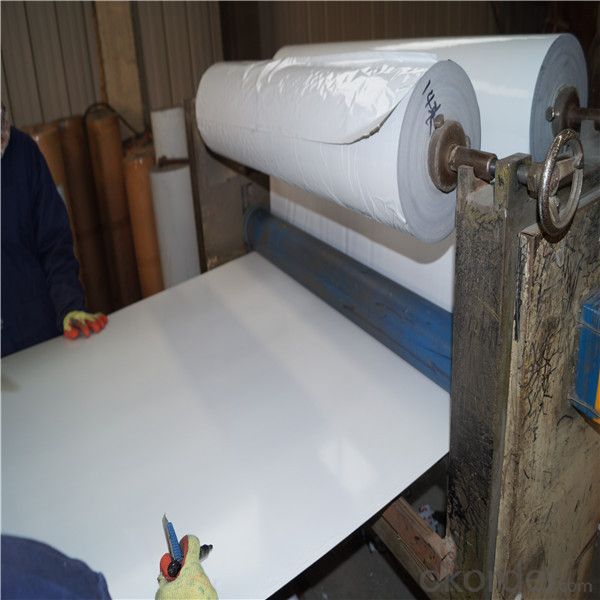
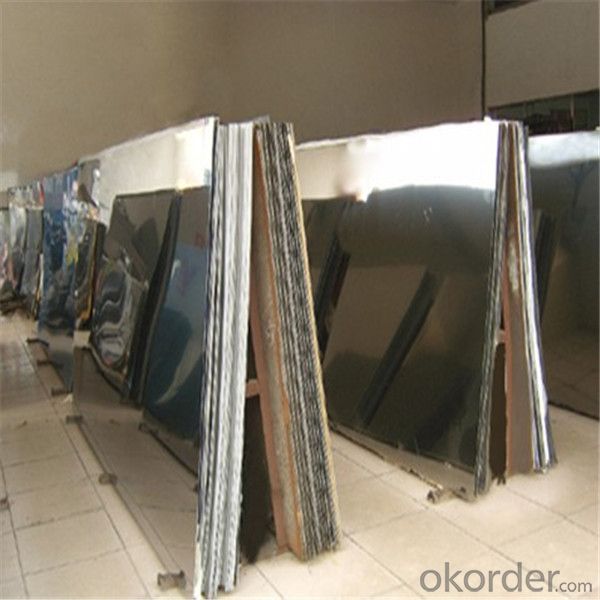
- Q: Can stainless steel sheets be used for elevator ceilings?
- Elevator ceilings can indeed utilize stainless steel sheets. The durability, sleek look, and corrosion resistance of stainless steel make it a favored option for this purpose. Its adaptability allows it to be shaped and sized to fit diverse elevator designs. Moreover, stainless steel sheets possess outstanding fire resistance and can endure high temperatures, ensuring safety when used for elevator ceilings. Furthermore, stainless steel is effortlessly cleaned and maintained, guaranteeing the long-term preservation of their appealing appearance.
- Q: 430 stainless steel plate maximum temperature tolerance is how many degrees?
- 430 stainless steel plate is 430 stainless steel sheet shaped products. 430 stainless steel plate according to the thickness can be divided into thin plate, medium plate, thick plate and other forms; at present the maximum width of up to 2000mm, length is not limited.
- Q: How do you install stainless steel sheets?
- To install stainless steel sheets, start by measuring and marking the area where you want to install them. Then, use a circular saw or a metal shear to cut the sheets to the desired size. Next, clean the surface where the sheets will be installed and remove any debris or dust. Apply adhesive or a construction-grade adhesive tape to the back of the stainless steel sheet and carefully place it onto the prepared surface, ensuring it is aligned correctly. Use a roller or a block of wood to press the sheet firmly to the wall to ensure proper adhesion. Finally, secure the sheets in place with construction-grade adhesive or stainless steel screws, ensuring they are evenly spaced.
- Q: How long do stainless steel sheets last?
- Stainless steel sheets are known for their durability and longevity. In general, the lifespan of stainless steel sheets can vary depending on various factors such as the grade and quality of the stainless steel, environmental conditions, and maintenance practices. However, under normal circumstances and proper care, stainless steel sheets can last for several decades or even a lifetime. The corrosion-resistant properties of stainless steel play a crucial role in its longevity. This material contains chromium, which forms a passive layer on its surface, protecting it from rust and corrosion. This natural protective layer allows stainless steel sheets to withstand harsh environmental conditions, including exposure to moisture, chemicals, and extreme temperatures. The grade of stainless steel also affects its lifespan. There are different grades available, such as 304, 316, and 430, each with varying levels of corrosion resistance. Higher grades, particularly 316 stainless steel, are more resistant to corrosion and are commonly used in marine and highly corrosive environments, ensuring a longer lifespan. Proper maintenance is essential to maximize the lifespan of stainless steel sheets. Regular cleaning with mild detergents and non-abrasive materials helps to remove dirt, grime, and contaminants that can degrade the protective layer of stainless steel. Avoiding contact with harsh chemicals or abrasive materials, which can scratch or damage the surface, is also crucial. While stainless steel sheets have an impressive lifespan, it is important to note that their durability is not indefinite. Over time, factors such as wear and tear, exposure to severe conditions, or improper maintenance can gradually degrade the stainless steel's protective layer and reduce its lifespan. However, with proper care and maintenance, stainless steel sheets can be a cost-effective and long-lasting choice for various applications, including construction, automotive, and household products.
- Q: What glue does the board and the stainless steel stick to?
- Epoxy resin (adhesive) generally refers to the epoxy resin as the main body of the adhesive, epoxy resin should generally include epoxy curing agent.
- Q: Can stainless steel sheets be used for kitchen backsplashes?
- Yes, stainless steel sheets can be used for kitchen backsplashes. Stainless steel is a popular choice for backsplashes due to its durability, resistance to stains and heat, and easy maintenance. It provides a sleek and modern look to the kitchen while also protecting the walls from splatters and spills.
- Q: How do you prevent discoloration or staining on stainless steel sheets?
- To prevent discoloration or staining on stainless steel sheets, it is important to clean them regularly using mild soap or detergent and water. Avoid using abrasive cleaners or scrub brushes that can scratch the surface. Additionally, wipe down the sheets with a soft cloth to remove any fingerprints or smudges. Applying a thin layer of stainless steel cleaner or polish can help maintain the shine and protect against stains. It is also recommended to avoid exposure to harsh chemicals or acidic substances, as they can cause discoloration.
- Q: How can stainless steel sheets be cleaned and maintained?
- Stainless steel sheets can be cleaned and maintained by using a mild detergent or vinegar solution and a soft cloth to wipe away any dirt or stains. It is important to avoid using abrasive cleaners or scrub brushes that could scratch the surface. Regular cleaning and drying with a soft cloth can help prevent water spots and maintain the shine of the stainless steel. Additionally, avoiding contact with harsh chemicals or acids can help prevent corrosion or damage to the sheets.
- Q: Are stainless steel sheets suitable for outdoor sculptures or artwork?
- Outdoor sculptures or artwork can greatly benefit from the use of stainless steel sheets. This material is renowned for its exceptional durability and resistance to corrosion and weathering, making it the ideal choice for outdoor installations. Regardless of the harsh environmental conditions, such as rain, snow, UV rays, and temperature fluctuations, stainless steel retains its structural integrity and aesthetic appeal. Moreover, artists and designers can easily shape, cut, and weld stainless steel, allowing for the creation of intricate and complex sculptures. Its sleek and modern appearance also adds a contemporary touch to any outdoor setting. Additionally, stainless steel requires minimal maintenance and can maintain its original finish for an extended period, making it a cost-effective option for outdoor sculptures or artwork. In conclusion, stainless steel sheets are an excellent material choice for creating visually appealing and long-lasting outdoor artworks.
- Q: Can stainless steel sheets be used for medical instruments?
- Yes, stainless steel sheets can be used for medical instruments. Stainless steel is a popular choice for medical instruments due to its excellent corrosion resistance, durability, and ease of sterilization. It is non-reactive, which means it does not leach any harmful substances into the body during medical procedures. Stainless steel sheets are used to manufacture various medical instruments such as surgical tools, implants, dental instruments, and diagnostic equipment. The smooth surface of stainless steel sheets also makes them easy to clean and maintain, which is crucial for maintaining sterility in medical settings. Overall, stainless steel sheets are a reliable and widely used material for manufacturing medical instruments.
Send your message to us
300 Series Stainless Steel Sheets and Coils 304 316 310S
- Loading Port:
- Shanghai
- Payment Terms:
- TT OR LC
- Min Order Qty:
- 2 m.t.
- Supply Capability:
- 20000 m.t./month
OKorder Service Pledge
OKorder Financial Service
Similar products
Hot products
Hot Searches
Related keywords
